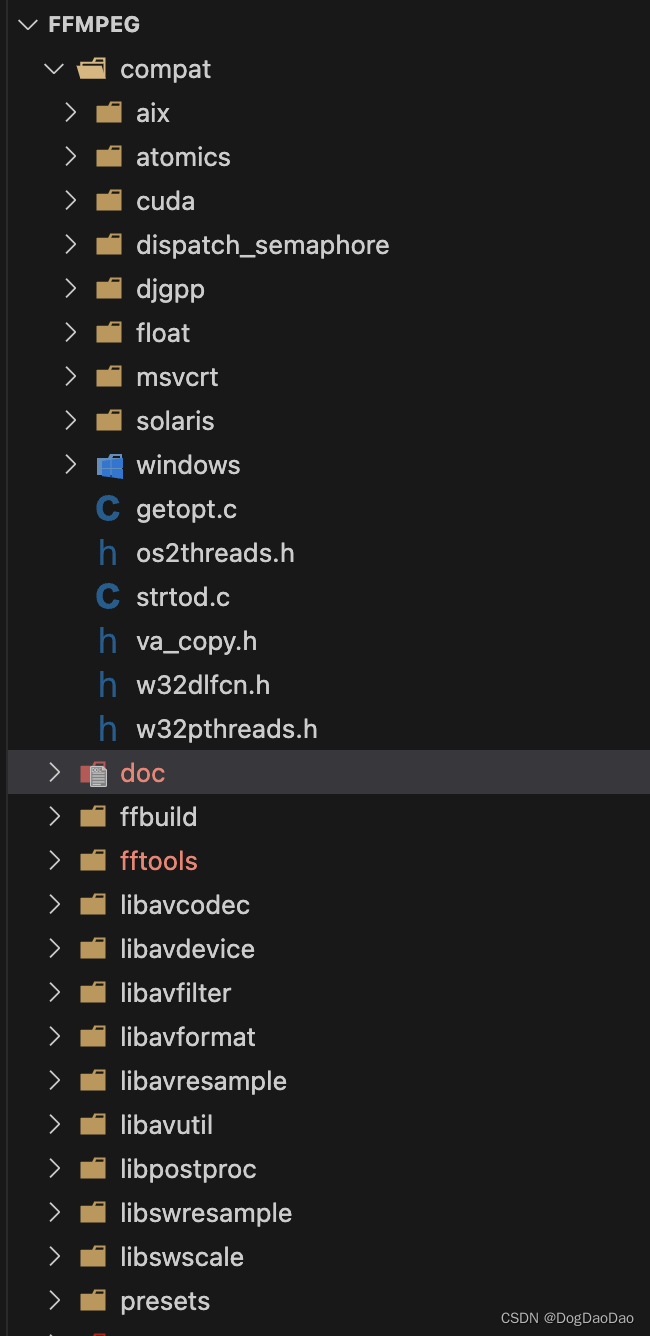目录
- 1.题目
- 2.思路
- 3.代码实现(Java)
1.题目
给定一个二叉搜索树, 找到该树中两个指定节点的最近公共祖先。
百度百科中最近公共祖先的定义为:“对于有根树 T 的两个结点 p、q,最近公共祖先表示为一个结点 x,满足 x 是 p、q 的祖先且 x 的深度尽可能大(一个节点也可以是它自己的祖先)。”
例如,给定如下二叉搜索树: root = [6,2,8,0,4,7,9,null,null,3,5]
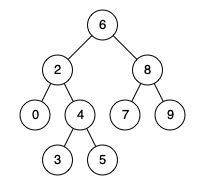
示例 1:
输入: root = [6,2,8,0,4,7,9,null,null,3,5], p = 2, q = 8
输出: 6
解释: 节点 2 和节点 8 的最近公共祖先是 6。
示例 2:
输入: root = [6,2,8,0,4,7,9,null,null,3,5], p = 2, q = 4
输出: 2
解释: 节点 2 和节点 4 的最近公共祖先是 2, 因为根据定义最近公共祖先节点可以为节点本身。
说明:
所有节点的值都是唯一的。
p、q 为不同节点且均存在于给定的二叉搜索树中。
来源:力扣(LeetCode)
链接:https://leetcode.cn/problems/lowest-common-ancestor-of-a-binary-search-tree
2.思路
(1)递归
(2)一次遍历
相关题目:
LeetCode_二叉树_中等_236.二叉树的最近公共祖先
3.代码实现(Java)
//思路1————递归
/**
* Definition for a binary tree node.
* public class TreeNode {
* int val;
* TreeNode left;
* TreeNode right;
* TreeNode(int x) { val = x; }
* }
*/
class Solution {
public TreeNode lowestCommonAncestor(TreeNode root, TreeNode p, TreeNode q) {
if (root == null) {
return null;
}
if (root == p || root == q) {
return root;
}
//在当前根节点 root 的左右子树中去寻找 p、q 的最近公共祖先
TreeNode left = lowestCommonAncestor(root.left, p, q);
TreeNode right = lowestCommonAncestor(root.right, p, q);
// p、q 分别在左右子树中
if (left != null && right != null) {
return root;
}
if (left == null && right == null) {
return null;
}
return left == null ? right : left;
}
}
//思路2————一次遍历
/**
* Definition for a binary tree node.
* public class TreeNode {
* int val;
* TreeNode left;
* TreeNode right;
* TreeNode(int x) { val = x; }
* }
*/
class Solution {
public TreeNode lowestCommonAncestor(TreeNode root, TreeNode p, TreeNode q) {
TreeNode ancerstor = root;
//利用二叉搜索树的性质进行一次遍历
while (true) {
if (p.val < ancerstor.val && q.val < ancerstor.val) {
// p、q 在 ancerstor 左侧
ancerstor = ancerstor.left;
} else if (p.val > ancerstor.val && q.val > ancerstor.val) {
// p、q 在 ancerstor 右侧
ancerstor = ancerstor.right;
} else {
// p、q 分别在 ancerstor 两侧
break;
}
}
return ancerstor;
}
}




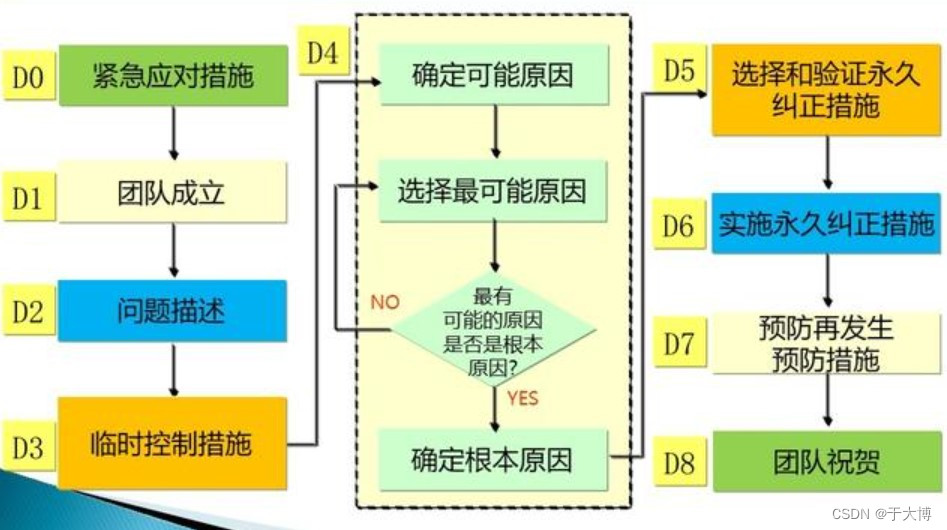


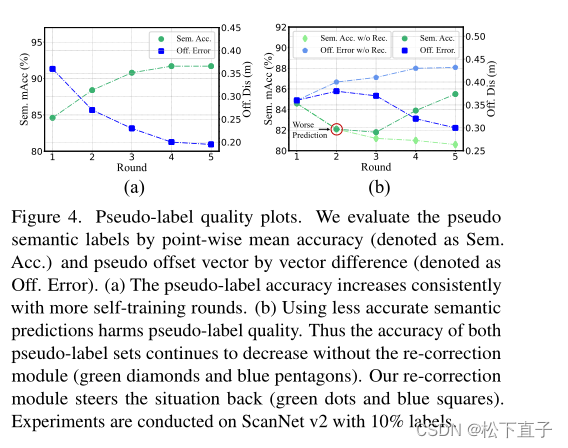






![[ 应急响应基础篇 ] evtx提取安全日志 事件查看器提取安全日志](https://img-blog.csdnimg.cn/ce0be5ee41dc4990bfe0536d72683fdb.png)

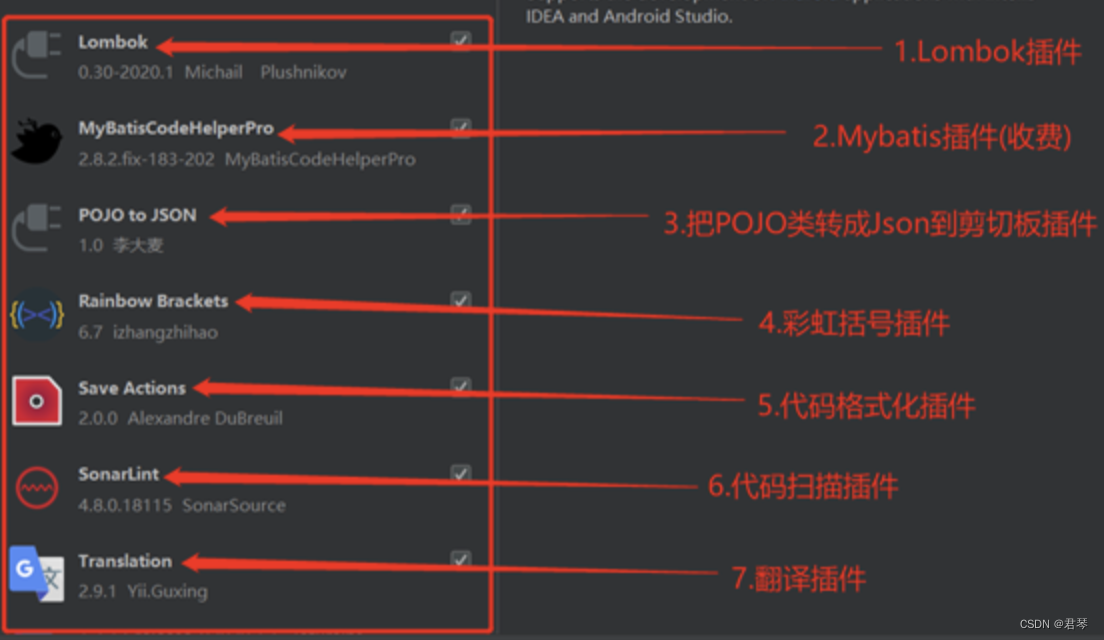

![[建议收藏]45 个 Git 经典操作场景,专治各种不会合并代码的童鞋~~](https://img-blog.csdnimg.cn/20210818181529121.png?x-oss-process=image/watermark,type_ZmFuZ3poZW5naGVpdGk,shadow_10,text_aHR0cHM6Ly9ibG9nLmNzZG4ubmV0L3FxXzQxNTcwNjU4,size_16,color_FFFFFF,t_70)
